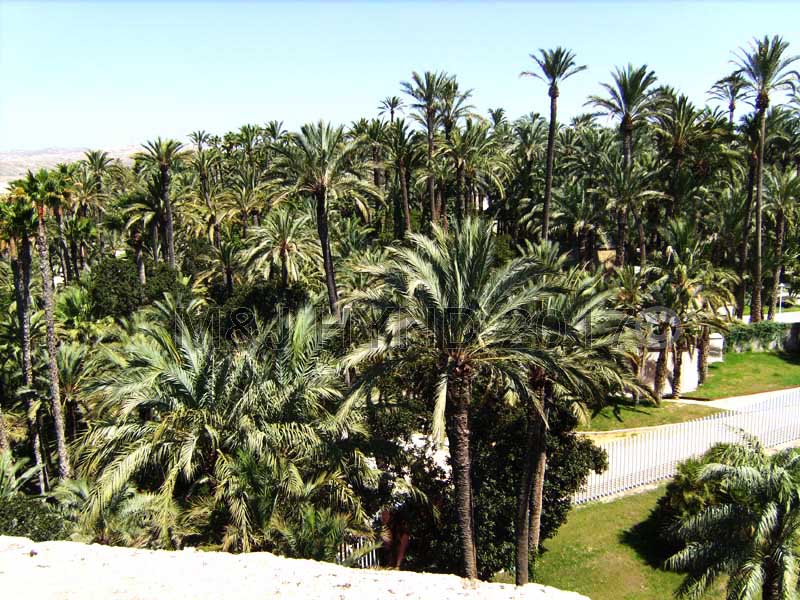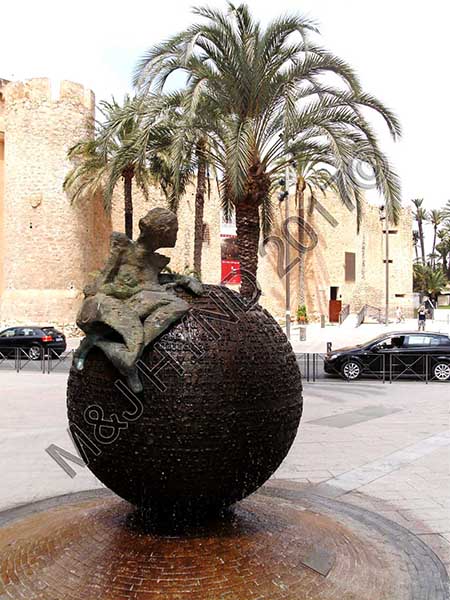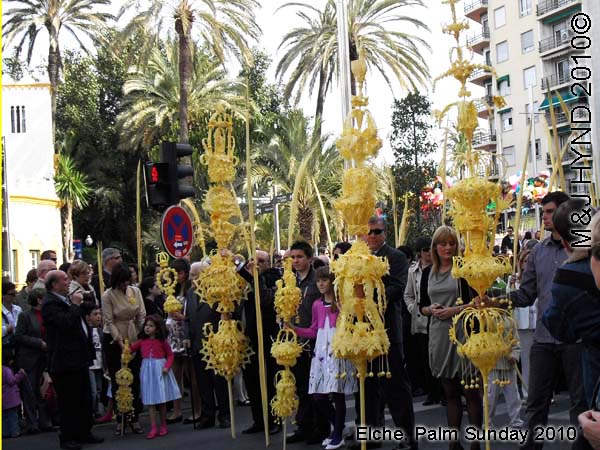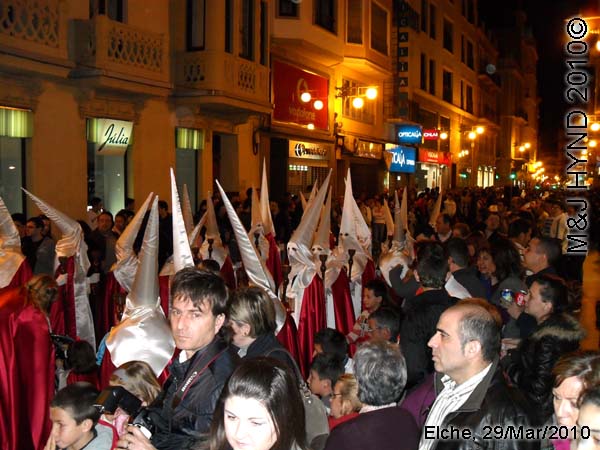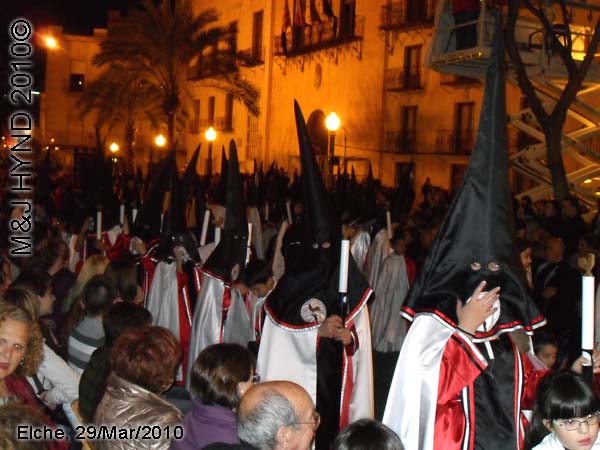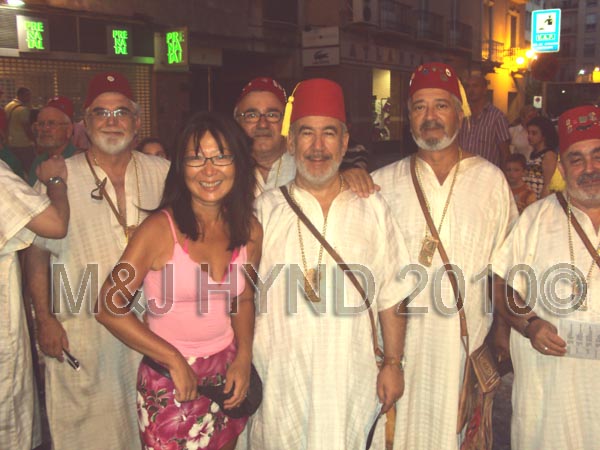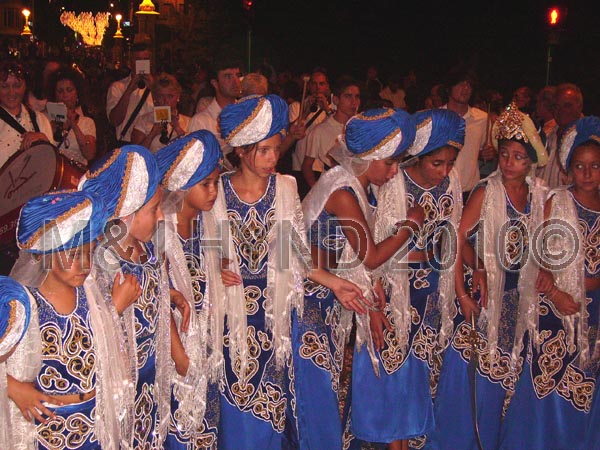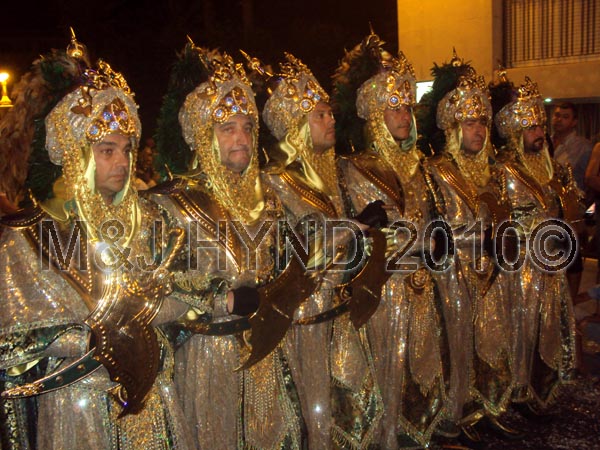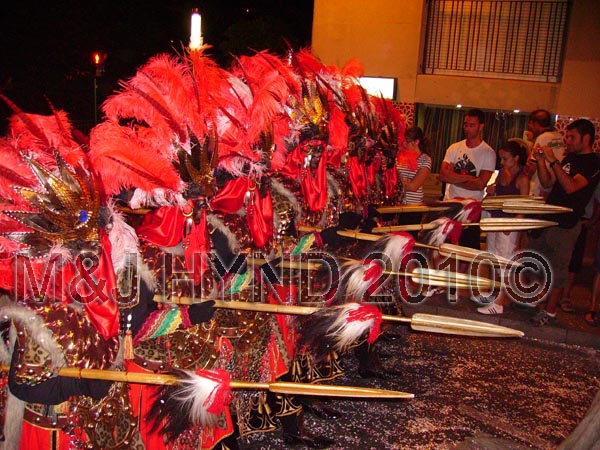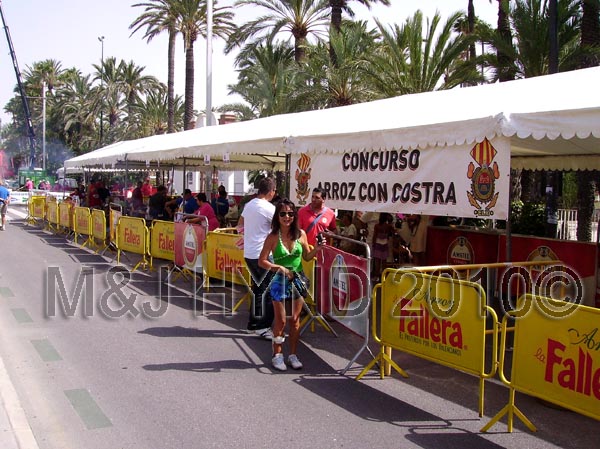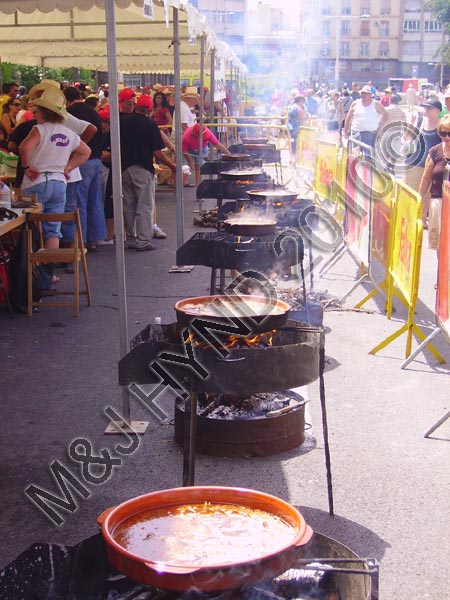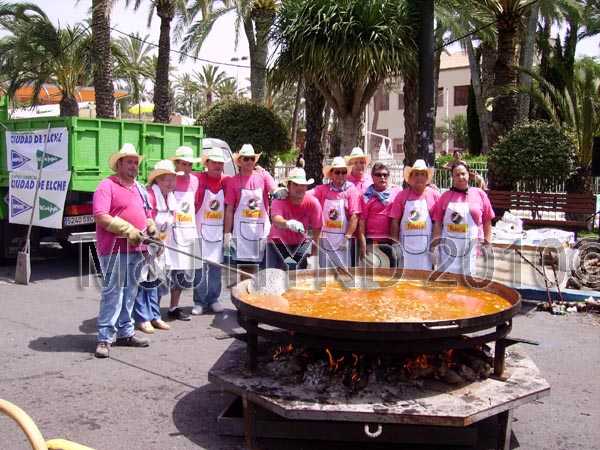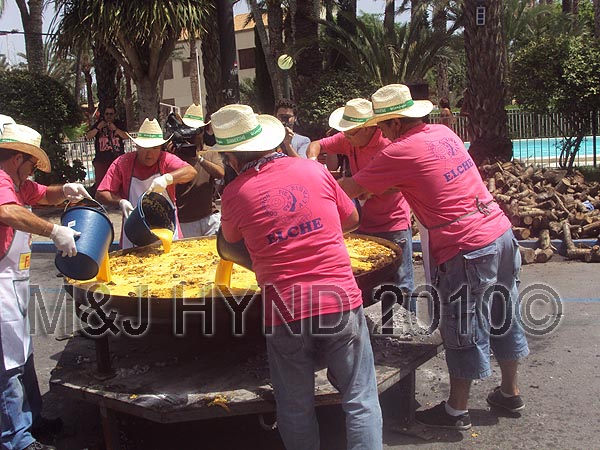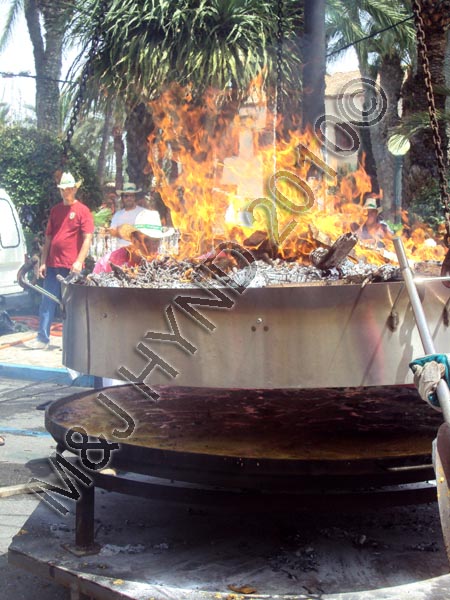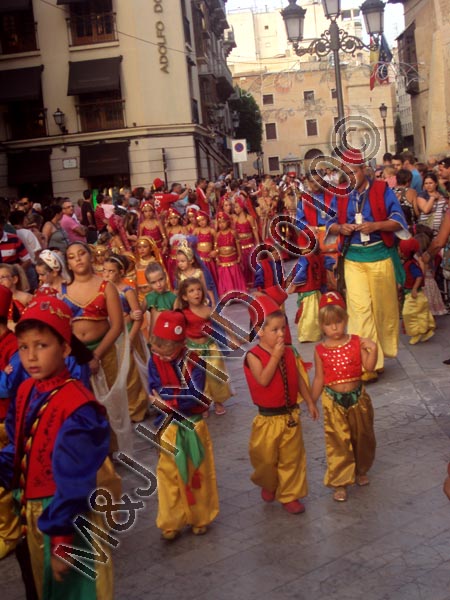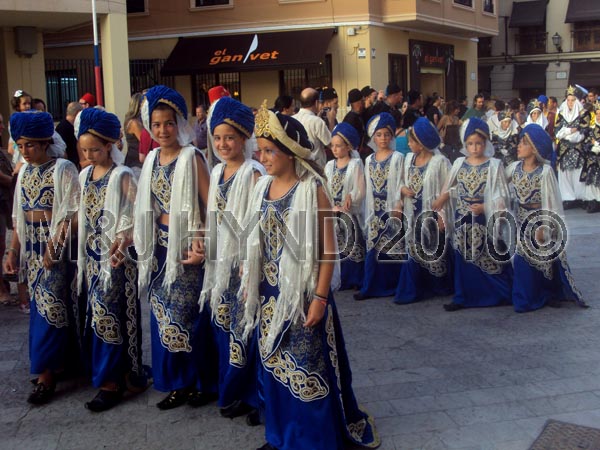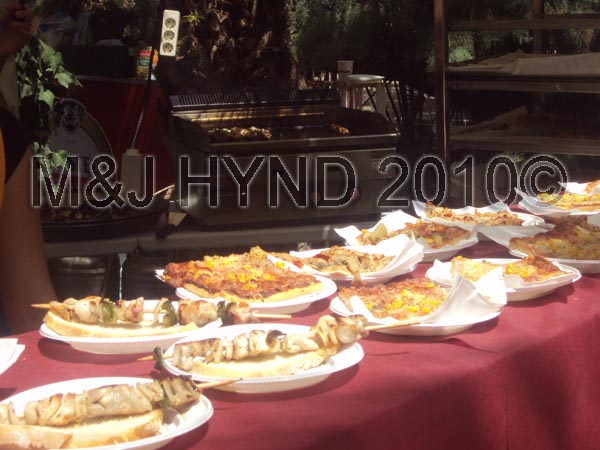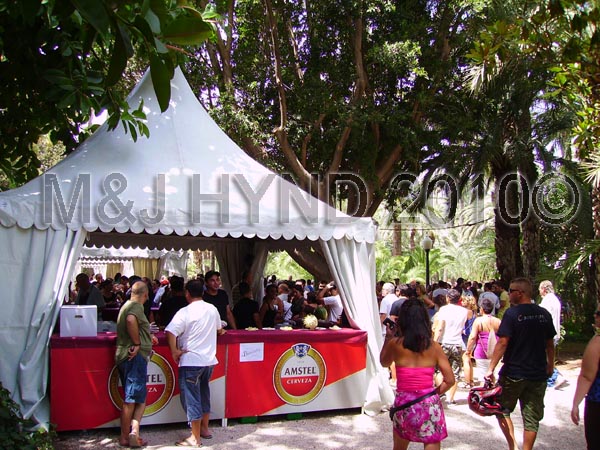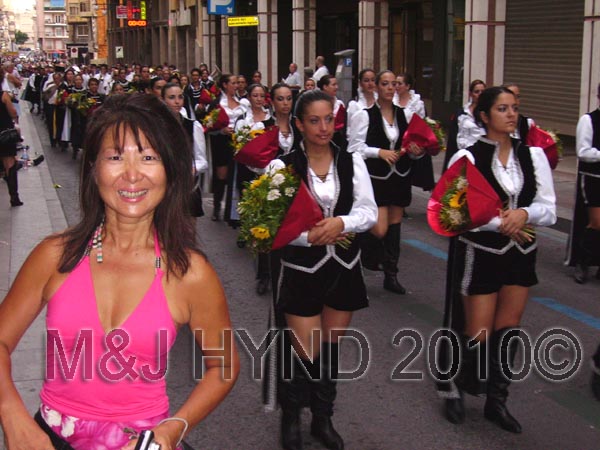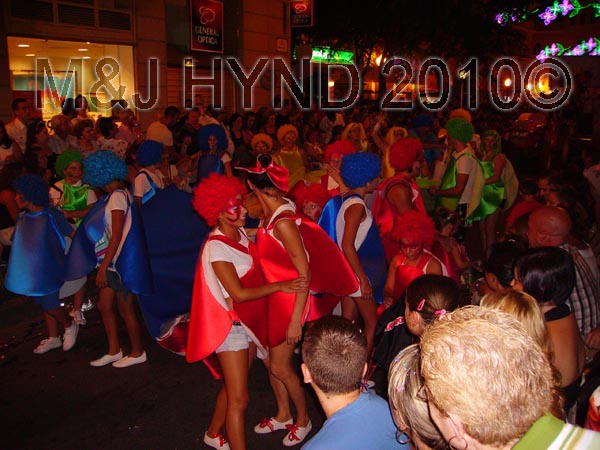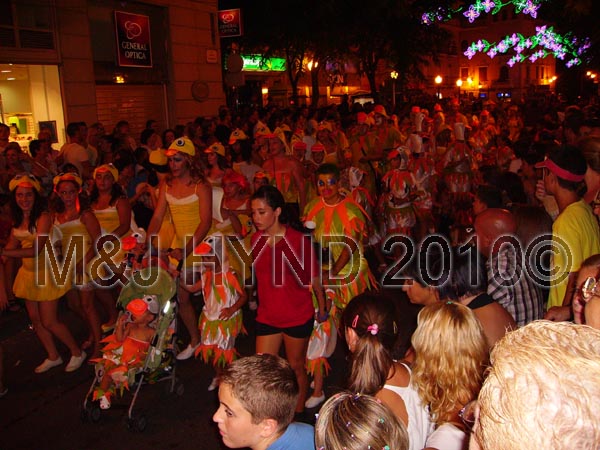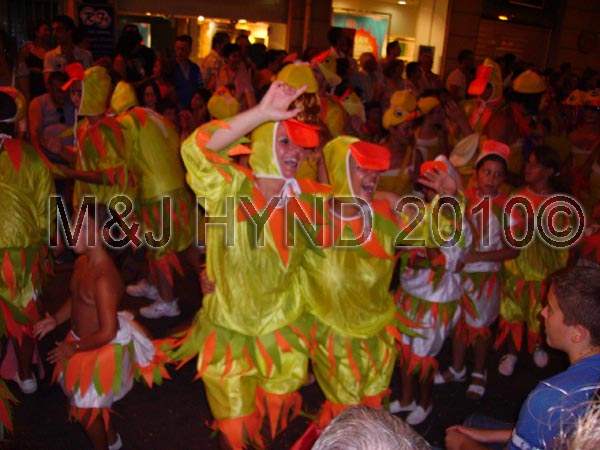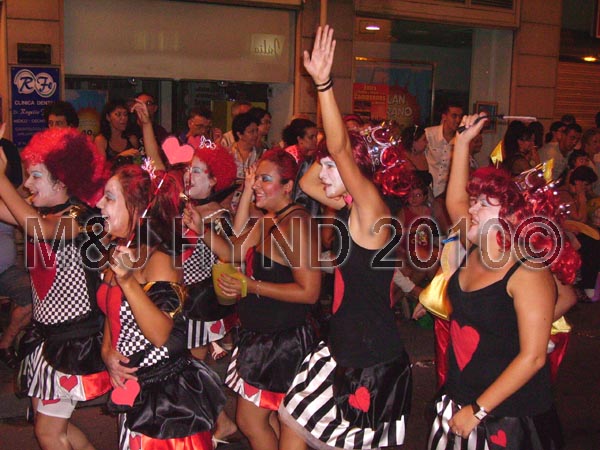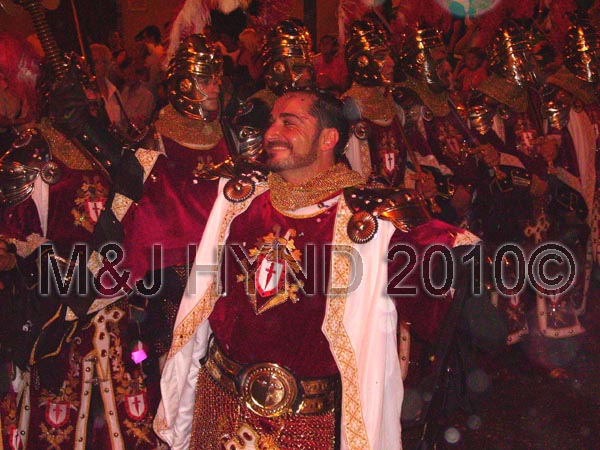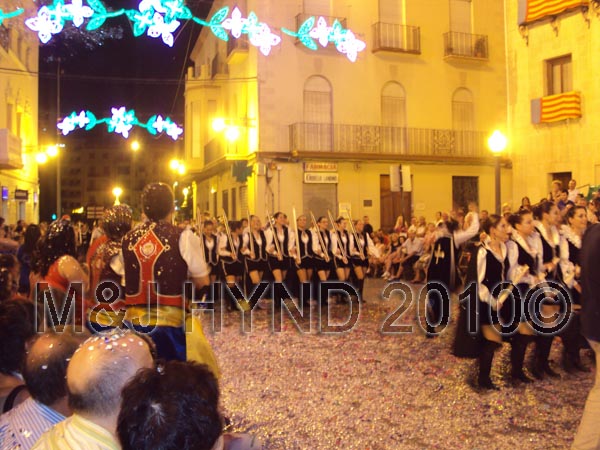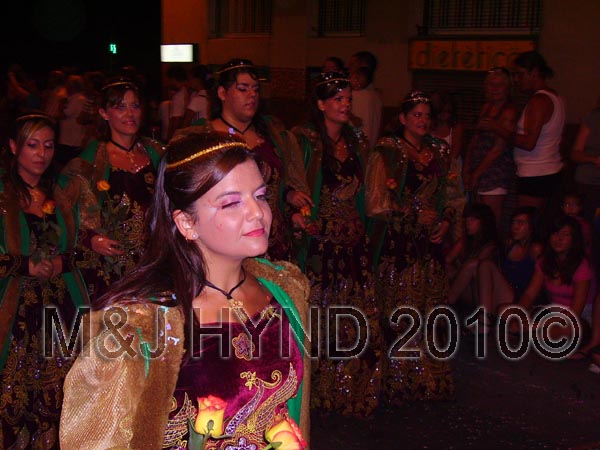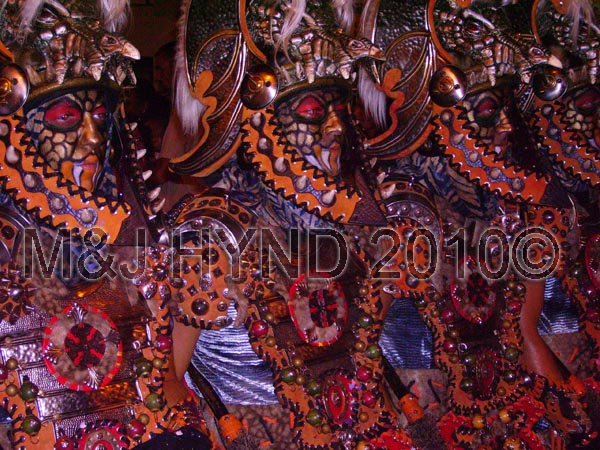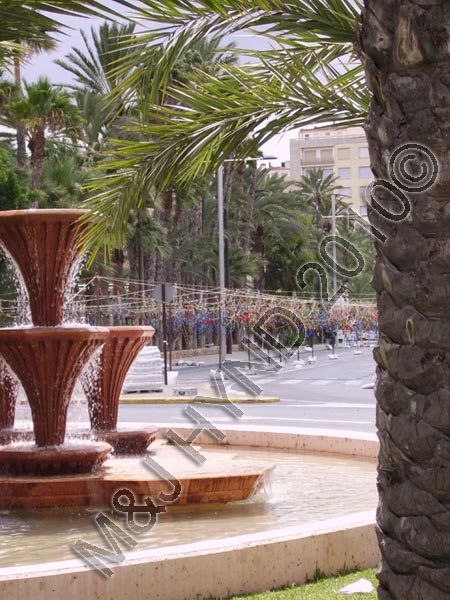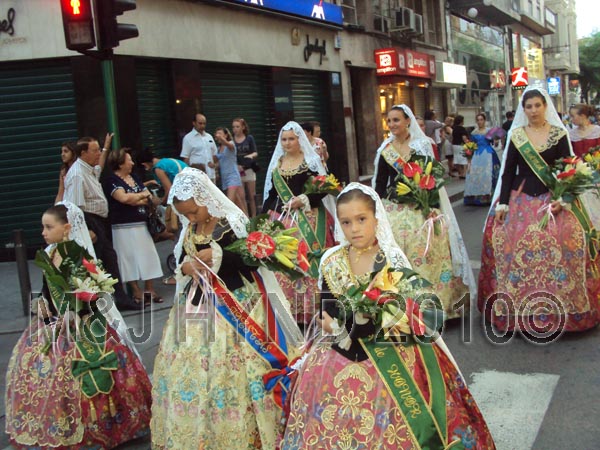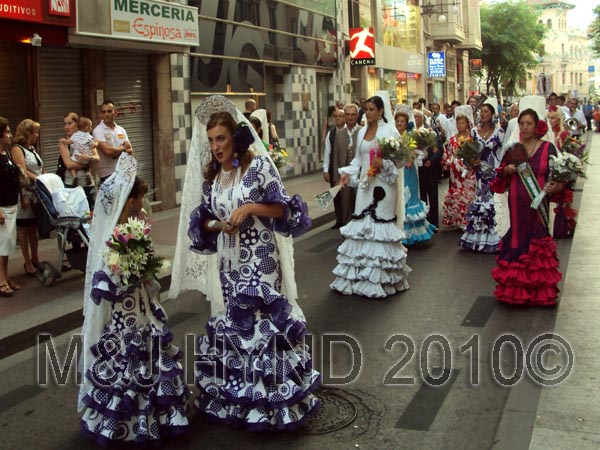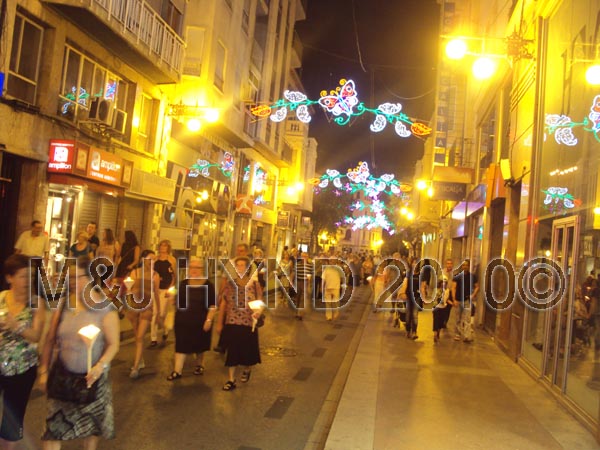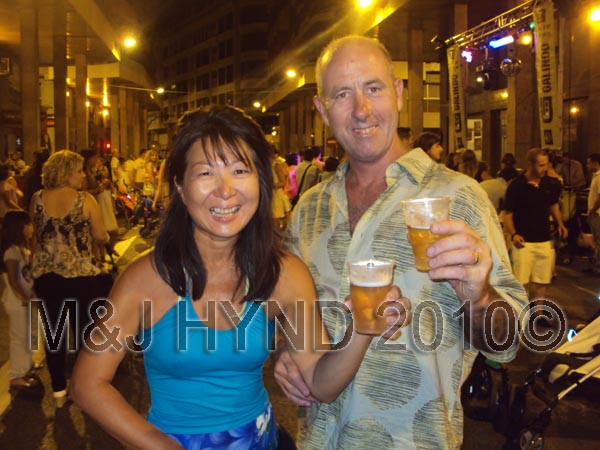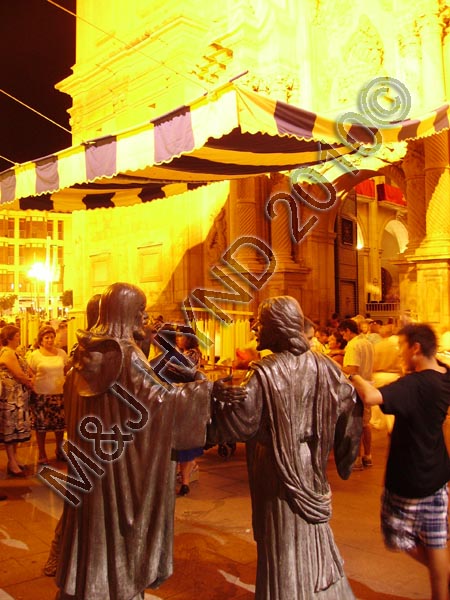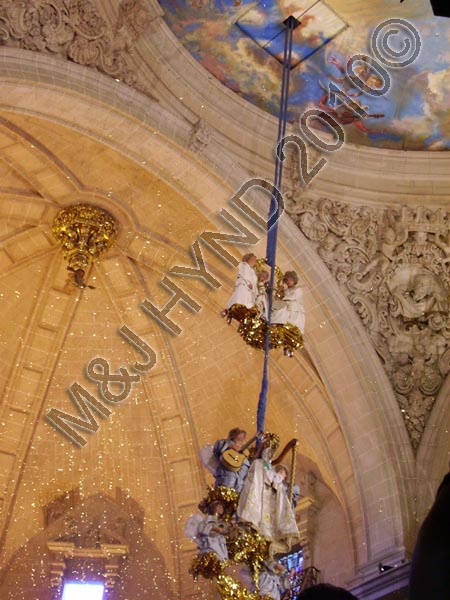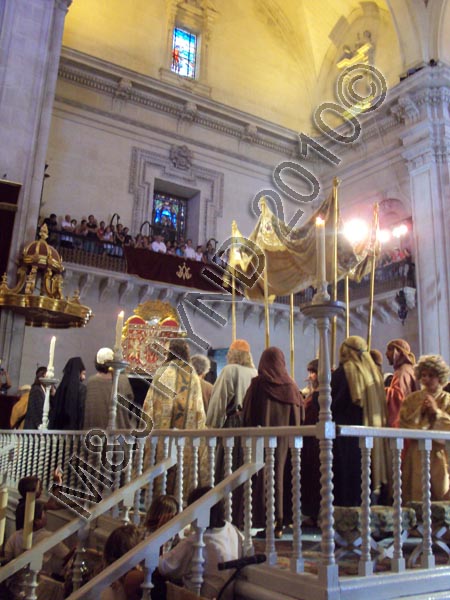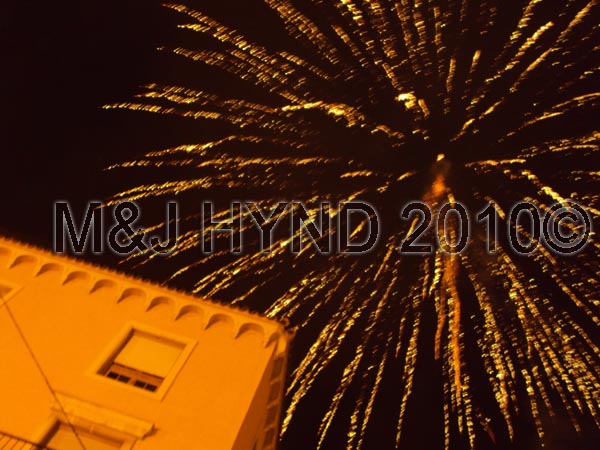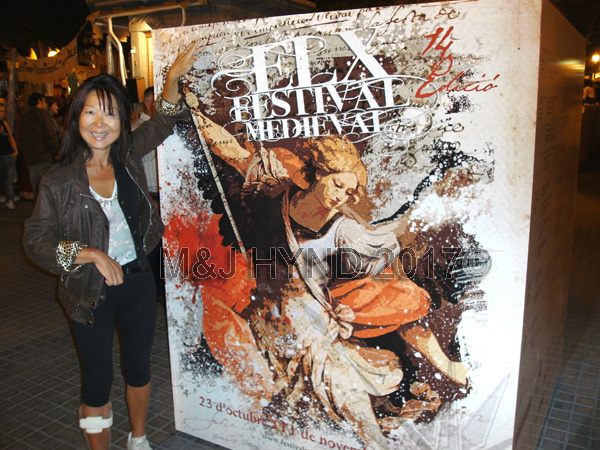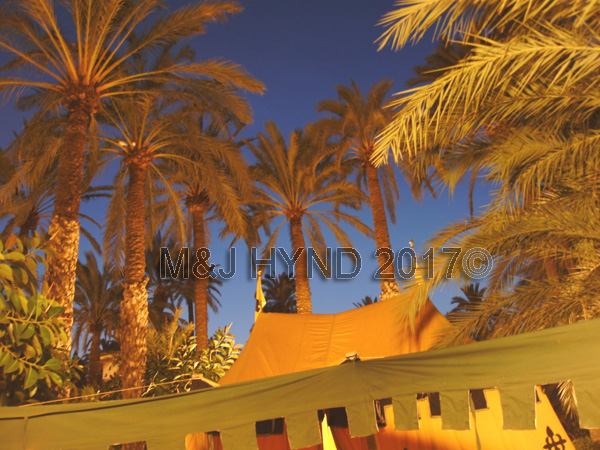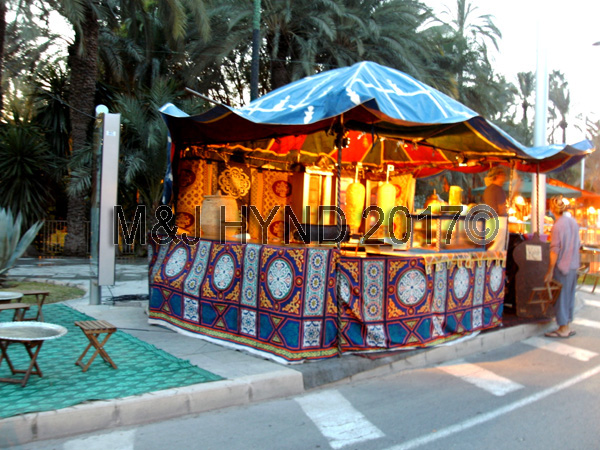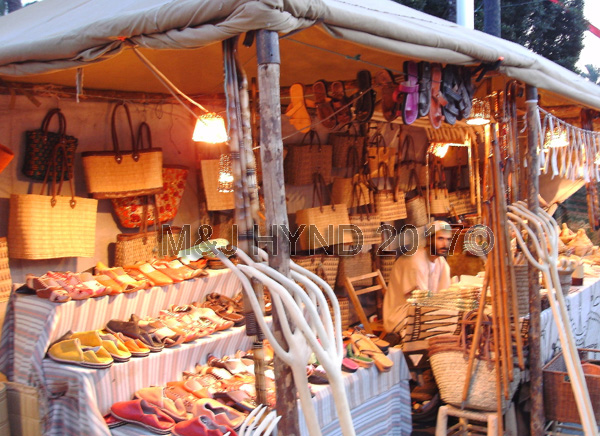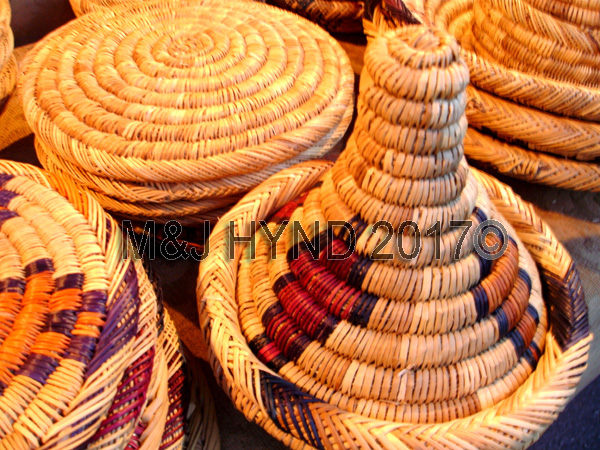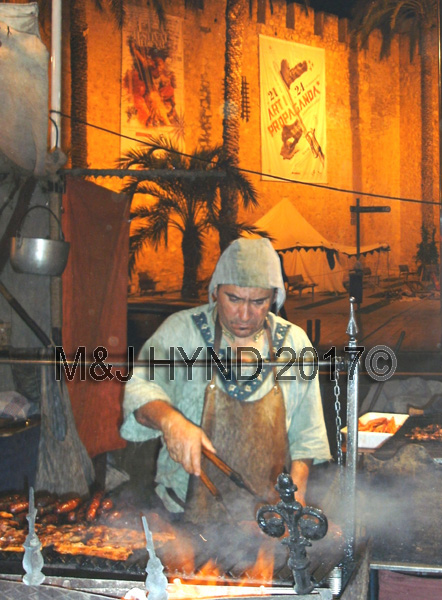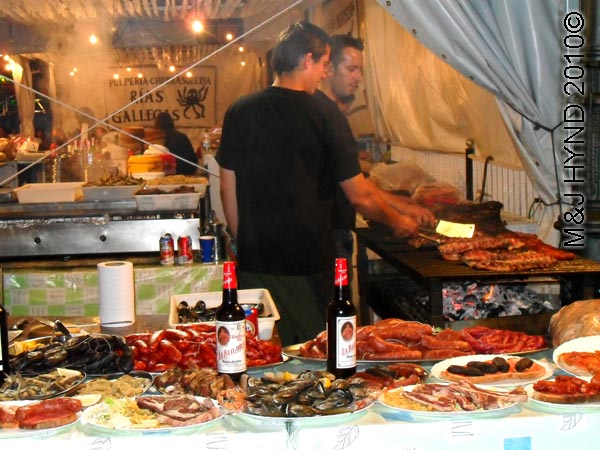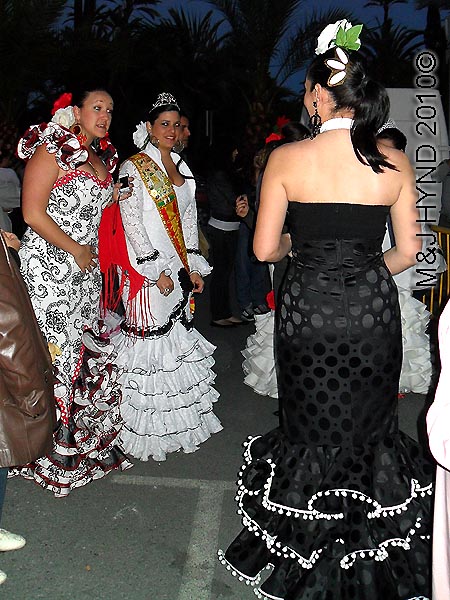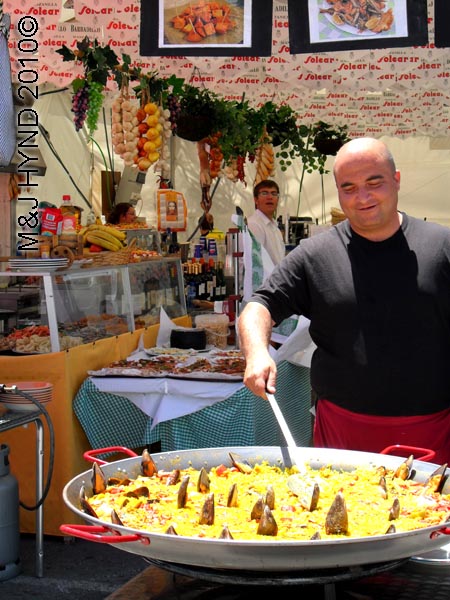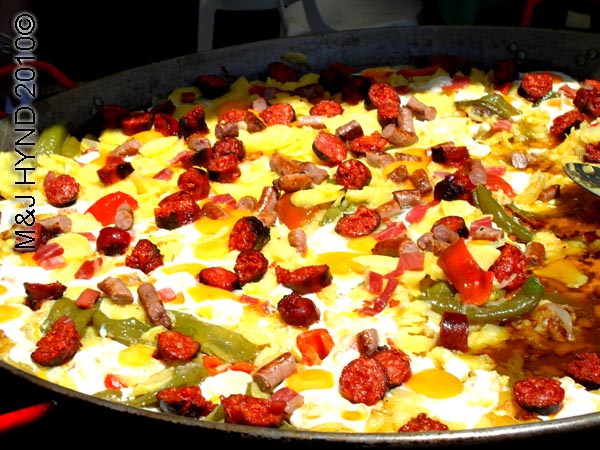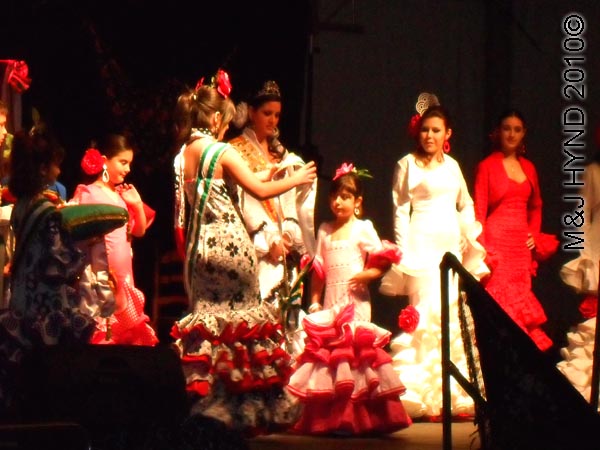Elche, Spain
In the earlier trips to Spain, we knew we had to delve a bit deeper to find a jewel like Elche. We looked around a few of the Mediterranean Costas, and even around the corner from Gibraltar up to Cadix and the Costa de la Luz. Nothing really worked until one trip took us to Huercal Overa and the Mazarron, about an hour south of Murcia, but it wasn't those regions that ended up catching our interest.
After a week of fruitless analysis we headed further north towards Alicante. We got off the motorway at some place called Elche/Elx, so said the road sign. We wondered if signwriters were confused. Neither, because it is the recognition of Catalan and Castilian Spanish spellings, and they both have the same phonetics: it is spoke as "el-chee". For convenience here, we’ll stick to Elche as the spelling. Initially we thought of it as just another hinterland city on the coast but slightly out of the tourists' eye. The story started from there, as Elche found us, and not the other way around as expected.
Holiday spots around Alicante normally to fall into the typical beach holiday category, with the usual boxes to be ticked: sun, sand, sea, and everything that goes with it. We really had no idea how much history and culture Elche represented. It has been a centre of civilisation since antiquity, the Iberian times, which is about the 4th century BC.
History
Elche goes back a long way: settled by the Greeks in 600BC and then occupied by Carthaginians and Romans. The Romans called the city Ilici (or Illice) – which has been adopted as the root on the name ‘ilicitana’ given to identify the people of Elche.
In the late 1890s, the impressive statue of the Lady of Elche, a bust with ornate headdress, was excavated in a plot of land 2 miles outside of current day Elche called L'Alcudia, the former site of the city. The large archaeological site is now managed by the University Foundation for Archaeological Research of L'Alcudia, which from the outside its compounds has no preparation for the incredible history of the ruins, remains and materials dated from the fourth millennium BC to the eighth century. There is ongoing research to adapt, conserve and maintain the archaeological history for cultural and educational development. To visit the site, you can walk among the ruins, or use a bike or horseback ride.
It was great surprise to find the extensive Palmeral de Elche, like a mirage, the oasis of dark green palms, almost right on our doorstep. A UNESCO World Heritage Site since 2000, it is an oasis of calm and peaceful tranquility. It is the largest palm grove in Europe, left as a legacy of the Moorish invasion, and one of the largest in the world, surpassed in size only in some Middle Eastern countries.
The Huerto del Cura, is categorised as an artistic garden or orchard and covers 13,000m2 in the middle of the Palmeral. The impressive Imperial Date palm towers more than 60 feet high and has 8 boughs, is just one of the many items of interest. At its peak in the 18th century, the Huerto may have covered an area twice as large.
Elche Tourist office at the entrance to Palmeral Park
The 'apparatus'; an important part of the Elche mystery play
The Vinalopo river (creek actually) runs through the centre of the city carving a deep ravine. Since Elche has a hot subtropical semi-arid climate, rain is not prevalent so the amount of water down the Vinalopo is mostly a trickle, other than the odd occasion it does rain in the hills behind the city, The sides of the ravine are stabilised and the base is a stepped concrete waterway – urban residents make full use of the base for daily for exercise, cycling etc….
The old town with narrow streets and palm groves sit on the northern side of the river bank. Urban growth has seen the city expand outwards on both sides of the river, but retaining the charm of the ancient centre.
It'll take you a number of hours to visit planned sights if you take in the suggested routes when you visit the tourist office, in the Municipal Park, at the start of the Palm Groves area; wear comfortable footwear, hat or cap, and carry a small bottle of water is the recommendation.
The Mystery Play of Elche (Misteri d'ELX) is a liturgical drama dating from the Middle Ages which is enacted and celebrated in the Basilica de Santa María in the city of Elche on 14 and 15 August of each year. In 2001, UNESCO declared it one of the Masterpieces of the Oral and Intangible Heritage of Humanity. It commemorates the Assumption of Mary.
Or perhaps just doing a capsule of two or three interesting sights, like climb the Basilica de Santa Maria tower for an outstanding view high above the palm groves, or have a intriguing tour of ancient times in M.A.H.E, the Museum of Archaeology and History of Elche housed in the Palacio de Altamira, a palace also known as Alcasser de la Senyoria. There is a permanent display of Iberian and Roman pieces.
Wander about the old town, full of colourful squares, little boutiques and stores that just might delight you, the Moorish influences all around, even the Arab Baths located in Convent de la Merce have been restored.
Fiestas are an integral part of Spanish life, with Elche holding its annual extravanganza during the peak summer month of August. It also hosts a number of other events during the year like Easter Week, Andalucian Fiesta, and the Medieval fiesta in November.
Fiestas
Just a quick word in this page on Elche's annual fiesta as it is covered extensively here in the Fiestas part of the website. Battle cries and boom of thunderous cannons, sword-fighting a skill you'd better have, spectacular processions on many days a part of the pageantry - re-enactment of Moros y Cristianos series of fiestas. It is a staple part of many fiestas around Costa Blanca and southern Spain, and Elche is no different.
Extravagant parades and processions, STUNNING, bejeweled colourful costumes. Samba, salsa beat; strolling minstrels with playful, evocative tunes; marching BIG-Band sounds: saxophones, trumpets, trombones accompanying each troupe, with cymbals clashing, bass drums and a whole ensemble of percussionists. Live, loud music make your feet tap and want to join in and p-a-r-t-y!
Charanga' - the fun crazy parade... 'Moors Entrance' parade... and making 'Arroz con Costra' for 2000 people
Where Elche stands out is the two extra features: the Elche Mystery Play, a medieval liturgical drama of the assumption of Mary, mother of Jesus. It is the only Vatican-sanctioned event permitted to be held in a Catholic church... and Nit de Alba, 'Night of the Dawn', fireworks displays for half an hour leading up to midnight where there is so much light from the fireworks, it is assumed to be daybreak.
Eating
And of course, working up an appetite is easy after all this exercise, so why not torture yourself a little and pass through the daily covered market, the centro mercado. It's always good to see natural trading going on in small markets rather than the formalised conformity of large supermarkets.
Not shopping for food when you are hungry is common knowledge –viewing colourful displays of fresh peppers or carrots produce may not intensify the desire but freshly rotisseried chicken will definitely do it, and what makes it better (or worse) is the Spanish have Pollo Asado shops dedicated to churning out fresh spit-roast chicken every day.
If you try to visit the mercado after 1pm it will be closed, but the aroma of fresh hot food from nearby eateries will lead your nose elsewhere anyway, to somewhere in the old town for a bite to eat. There are many restaurants where you can get a 3-course 'prix fixe' lunch with a drink included, for less than 10 Euros, or perhaps go for plates of tapas with drinks... since the weather for the area is semi-arid and 320 days of sunshine every year, Elche is well suited for al fresco dining - wide footpaths around Elche are full of table chairs and umbrellas.
Shoes
Ancient history is always interesting, up to a point. Then most of us lean towards more recent developments, like shopping for the girls as in shopping for shoes, which cascades immediately into food and beer for the boys and no shopping at all, unless it’s for food and beer…
Spanish leather shoes (see Spain Article: Elche Style) are very, reasonably priced in Elche because they’re actually made there, and beer in Spain is plentiful and wonderfully cheap, compared to most of European countries, and US/Canada and NZ/Australia.
Now back to the shoes, and not only ladies shoes. All shoes, any shoes, for men, for women, for children: fashion, sports, casual, utility, safety, fancy etc. They even advertise for Martians.... well, 'zapatos para todas" does mean shoes for everyone.
Elche is that synonymous with shoes it should have its own dictionary term. The footwear industry in Elche is Spain’s leader in production and exportation as well as being very important on a European scale. Using only high quality leather and excellent designs, the city has over 1,000 shoe factories. In fact when you visit industrial centres around the city, you'll be amazed by the numbers of wholesalers.
Anecdotal: visitors to our place visited an outlet once to view and then a second time to shop like no tomorrow on shoes. The wife was in seventh heaven because of the variety and colour, and struggled to carry the shopping bags to the car.
The husband was also happy as she spent a fraction of what she would have back home (northern Europe). He got a nice pair of brogues and some trainers as well, and the kids came away with at least three pairs each. It helped that they drove down to Spain otherwise the excess luggage cost on the flight home could have been a bit steep.
The manufacturing and design facilities are state of the art, supplying international markets with high-quality products of unbeatable design. A sizeable proportion of their production is exported to EU countries and to the USA.
Elche Gallery


